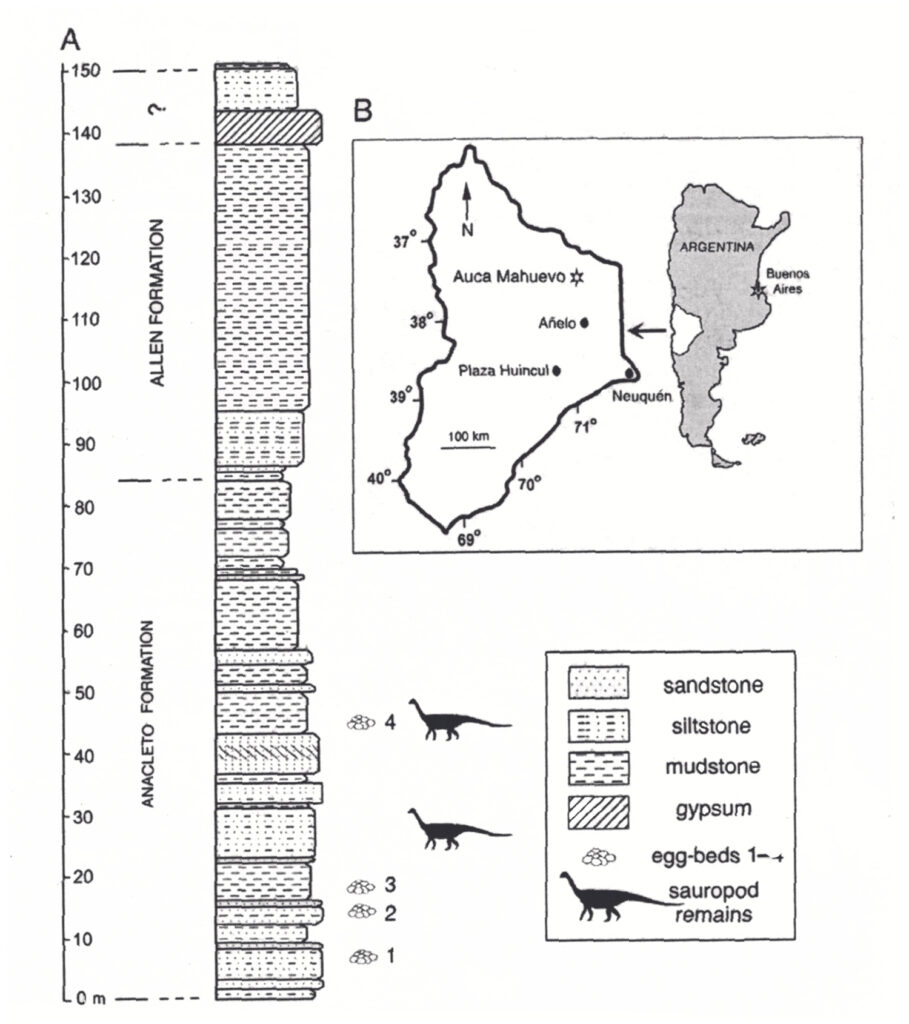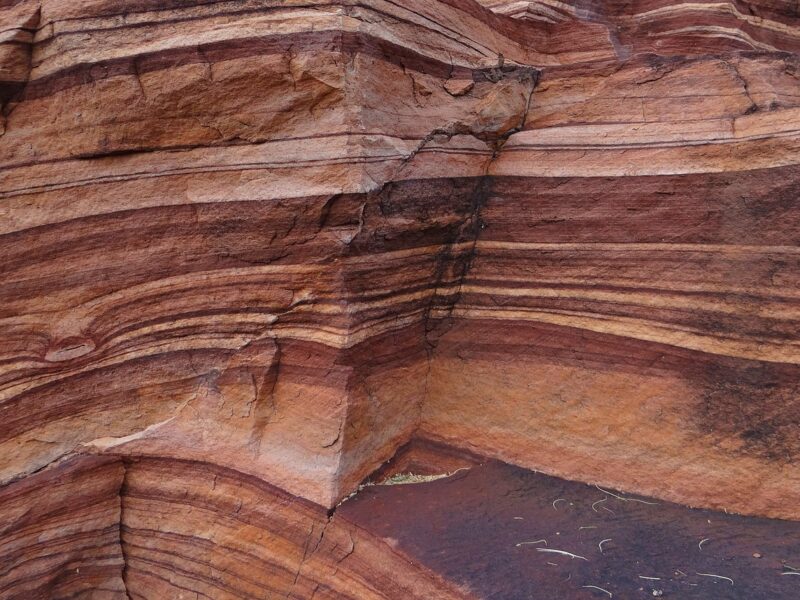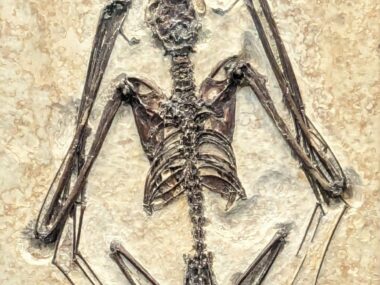I raise this question because some young-age creationists (YAC) have denied this basic geological principle, called the principle of superposition, along with many aspects of the other three principles of relative dating—the principle of original horizontality, the principle of lateral continuity, and the principle of cross-cutting relationships (see link below for my recent video explaining relative dating).
The following article has been reblogged with permission from Creation Unfolding. The views expressed reflect those of the author, and not necessarily those of New Creation.
This minority creationist position is based on Walther’s Law, where sediments of one depositional environment come to lie on top of another, but more specifically on the work of creationist scientist Guy Berthault. Back in the 1980s and 1990s, Berthault performed several flume experiments that clearly contradicted some of the four principles of relative dating.
Berthault demonstrated that when sediment particles of all different shapes and sizes were subject to varying flow conditions, the mixture of sediment particles mechanically sorted themselves out according to size and density. These sorted particles produced horizontal layers just like we see in at the Grand Canyon (see pic below).
Importantly, these horizontal layers were not created one atop the other like placing one layer of cake on another. The layers were created from the left to right as water and sediment flowed downstream. These data are fascinating because it shows, for example, that the law of superposition does not always prove true. Notice that in the figure below the top layer is older than the bottom layer.

So, what should young-age creationists make of this truly fascinating research? Was the whole fossil record deposited in a sideways fashion all at once during Noah’s Flood? I think the answer is almost definitively no. It is true, Berthault’s findings are worthy of more research, but there are major hurdles for YAC who want to apply these data to the entire geologic record.
Consider the diagram below that shows four separate dinosaur egg-bearing horizons (adapted from Chiappe 2005). Since the sediments are hundreds of feet thick, and since Berthault’s hypothesis suggests that all fossil bearing rocks in any one location were deposited at the same time, then this would mean that dinosaurs were laying eggs and walking around hundreds of feet underwater while the topmost layers were being deposited.

Some might object and state, for example, that during the Flood the first horizon of egg-bearing strata was deposited at or near the surface in a sideways fashion as Berthault’s hypothesis suggests. This would give dinosaurs some time to walk around and lay eggs. Then, at a later time, another package was deposited in the same way over the first package (sideways), again giving dinosaurs time to roam around before the third and fourth occurrence (therefore accounting for all four egg-bearing horizons).
As it turns out, I’ve got absolutely no problem with this sequence of events. In fact, given fluctuating water depths during the Flood, and multiple-weeks long stretches of time when the earth’s surface emerged from the Flood waters, dinosaurs would have had more than enough time to walk around and even lay eggs. Remember, Noah’s Flood lasted a year. But, do you see the problem for those holding to Berthault’s hypothesis? If that is the case, then we are back to validating the principle of superposition. That is, that the layer on the bottom is older than the one on top. True, it may be just a few days older, but the bottom layer is still older and thus validates the superposition principle.
And problems like this abound for those that champion this idea. Berthault’s findings are certainly interesting, and I think YAC can apply some of his research to creation-based models, but it would be misleading for YAC to apply these data to the entire fossil record and then teach this to others. The geologic and fossil record is just too complex to simplistically attribute to any one process, especially one that heavily relies on extremely small-scale flume experiments where the parameters for sediment type, flow direction, and flow velocity have all been set within very narrow parameters. A global Flood such as that envisioned by YEC must have included an incalculable number of complex processes that simply cannot be distilled down to a single process.
Learn More About Relative Account
Footnotes
Chiappe, Luis M., and others, “Nesting Titanosaurs from Auca Mahuevo and Adjacent Sites: Understanding Sauropod Reproductive Behavior and embryonic development” in Kristina Curry Rogers (ed.), The Sauropods: Evolution and Paleobiology (Oakland, CA, 2005; online edn, California Scholarship Online, 22 Mar. 2012), accessed 4 Jan. 2024.











